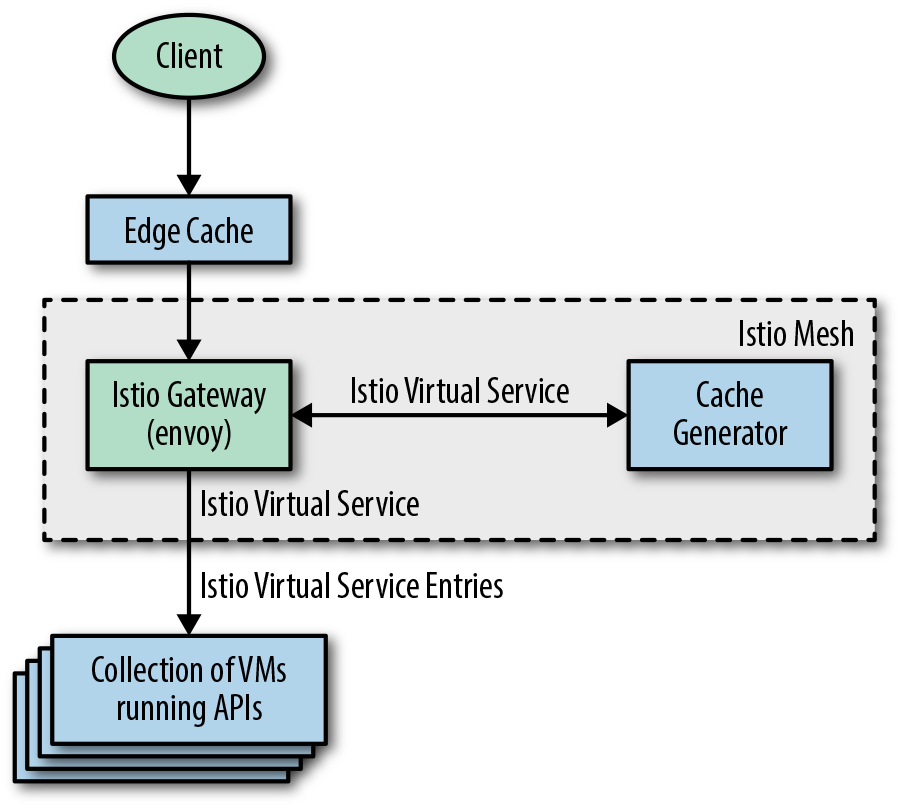Chapter 3. Adoption and Evolutionary Architectures
What are practical steps to adopt a service mesh in my enterprise?
As organizations adopt service mesh architectures, they often do so in a piecemeal fashion, starting at the intersection of the most valuable (to them) feature and the lowest risk deployment.
Piecemeal Adoption
Desperate to gain an understanding of what’s going on in their distributed infrastructure, many organizations seek to benefit from auto-instrumented observability first, taking baby steps in their path to a full service mesh after initial success and operational comfort have been achieved. Financial organizations might seek improved security with strong identity (per service certificates) and strong encryption (mTLS) between each service. Others begin with an ingress proxy as their entry to a service mesh deployment.
Consider an organization that has a thousand existing services running on virtual machines (VMs) external to the service mesh that have little to no service-to-service traffic. Nearly all of the traffic flows from the client to the service and back to the client. This organization can deploy a service mesh ingress (e.g., Istio Gateway) and begin gaining granular traffic control (e.g., path rewrites) and detailed service monitoring without immediately deploying a thousand sidecars.

Figure 3-1. Simple service mesh deployment primarily using ingress ...
Get The Enterprise Path to Service Mesh Architectures now with the O’Reilly learning platform.
O’Reilly members experience books, live events, courses curated by job role, and more from O’Reilly and nearly 200 top publishers.

